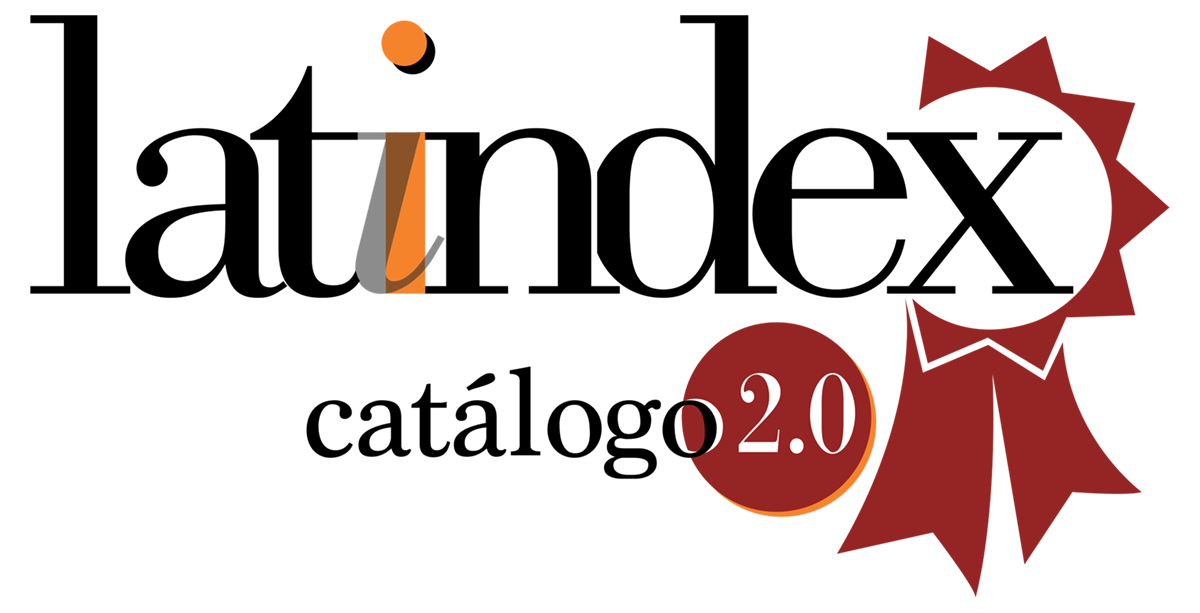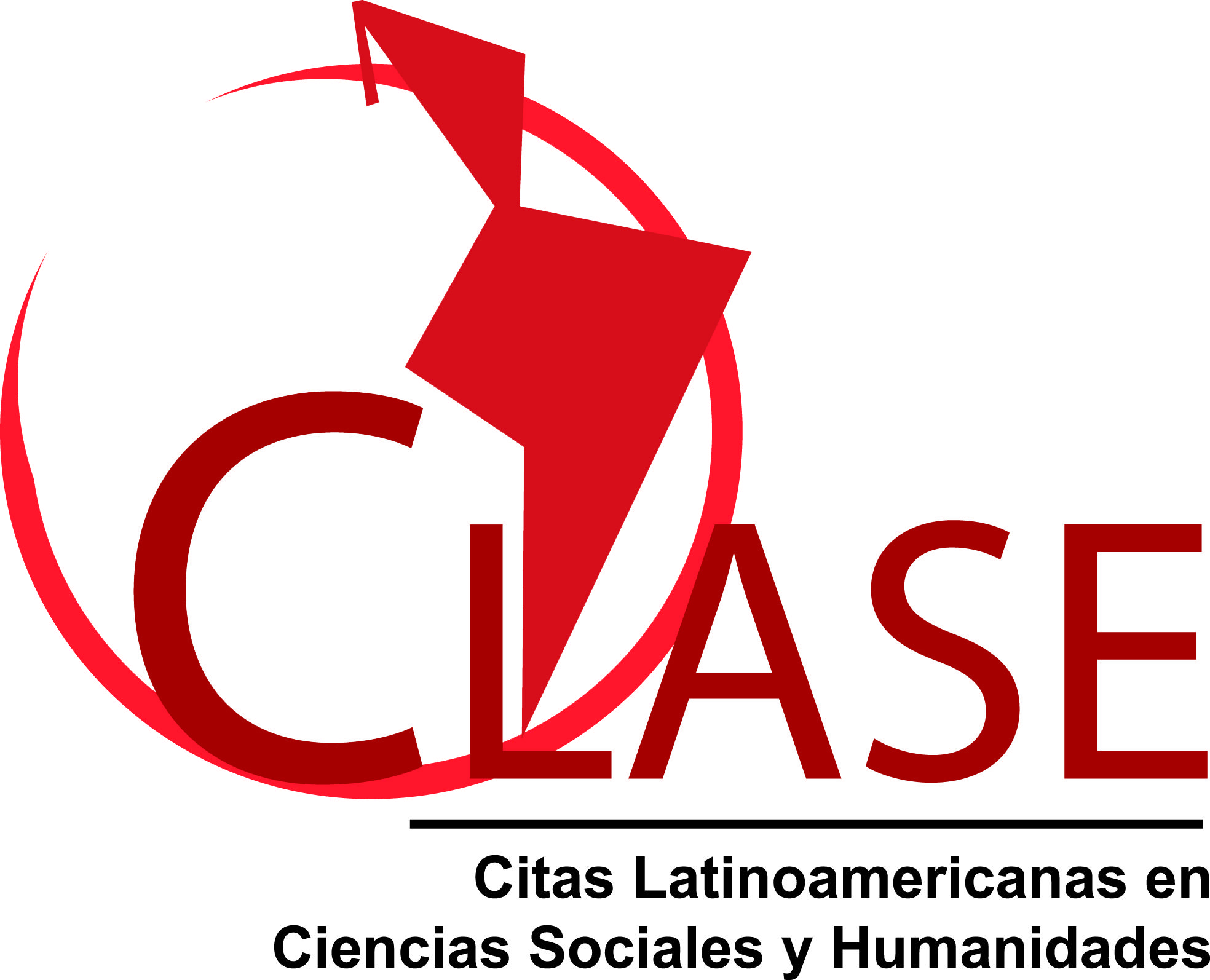About the Journal
JOURNAL DYCSVICTORIA is a biannual publication (January-June, July-December) that aims to disseminate scientific research in the fields of Law and Social Sciences. It is intended for an academic audience, particularly researchers who wish to share their most significant findings. The journal also seeks to contribute to the strengthening of the scientific community and the dissemination of knowledge to enhance societal well-being.
We publish original scientific articles and reviews in Spanish or English from researchers affiliated with educational institutions or national and international research centers. The journal follows an open-access electronic format. Journal DYCSVICTORIA is edited and funded by the Universidad Autónoma de Tamaulipas.







